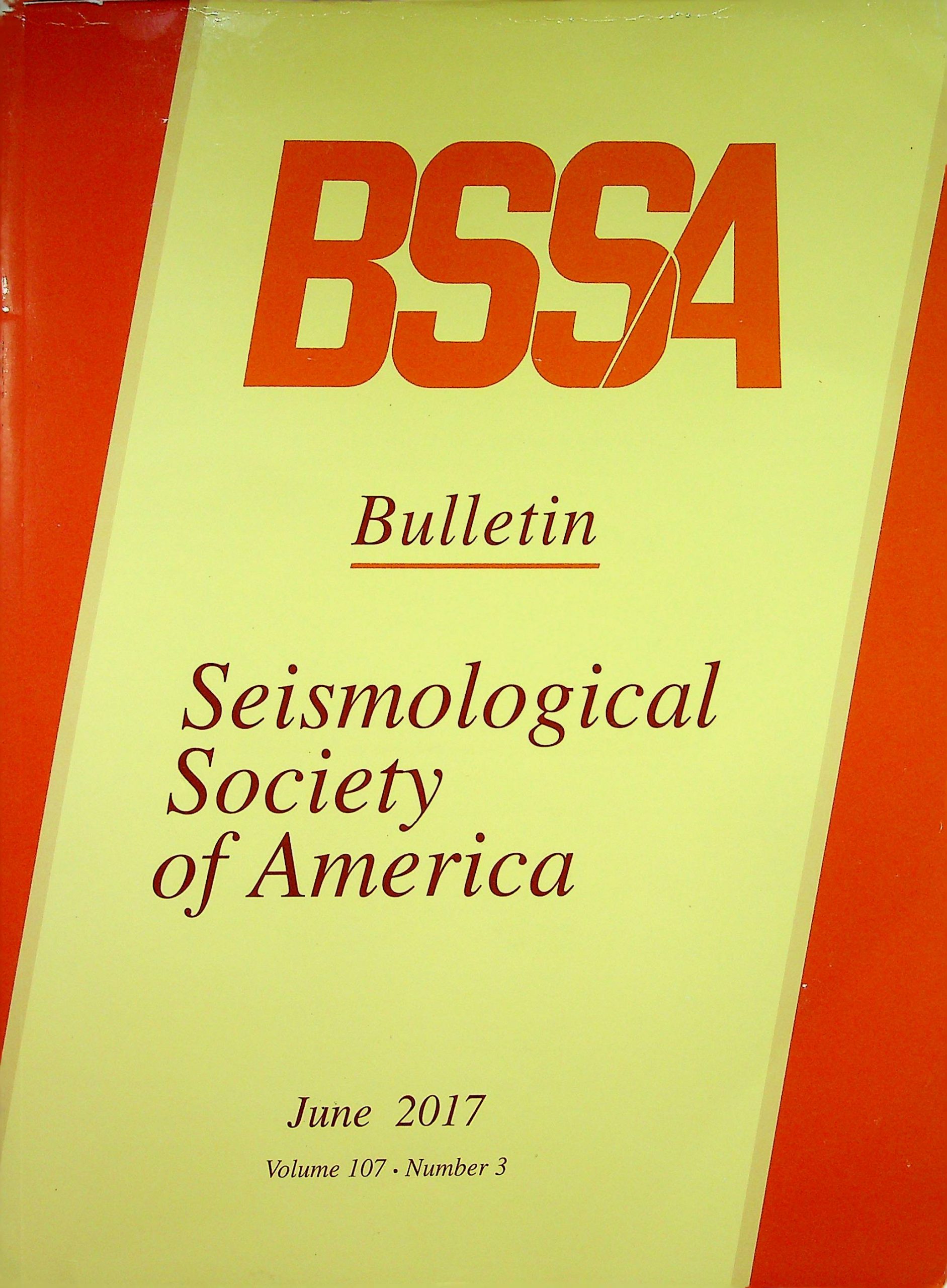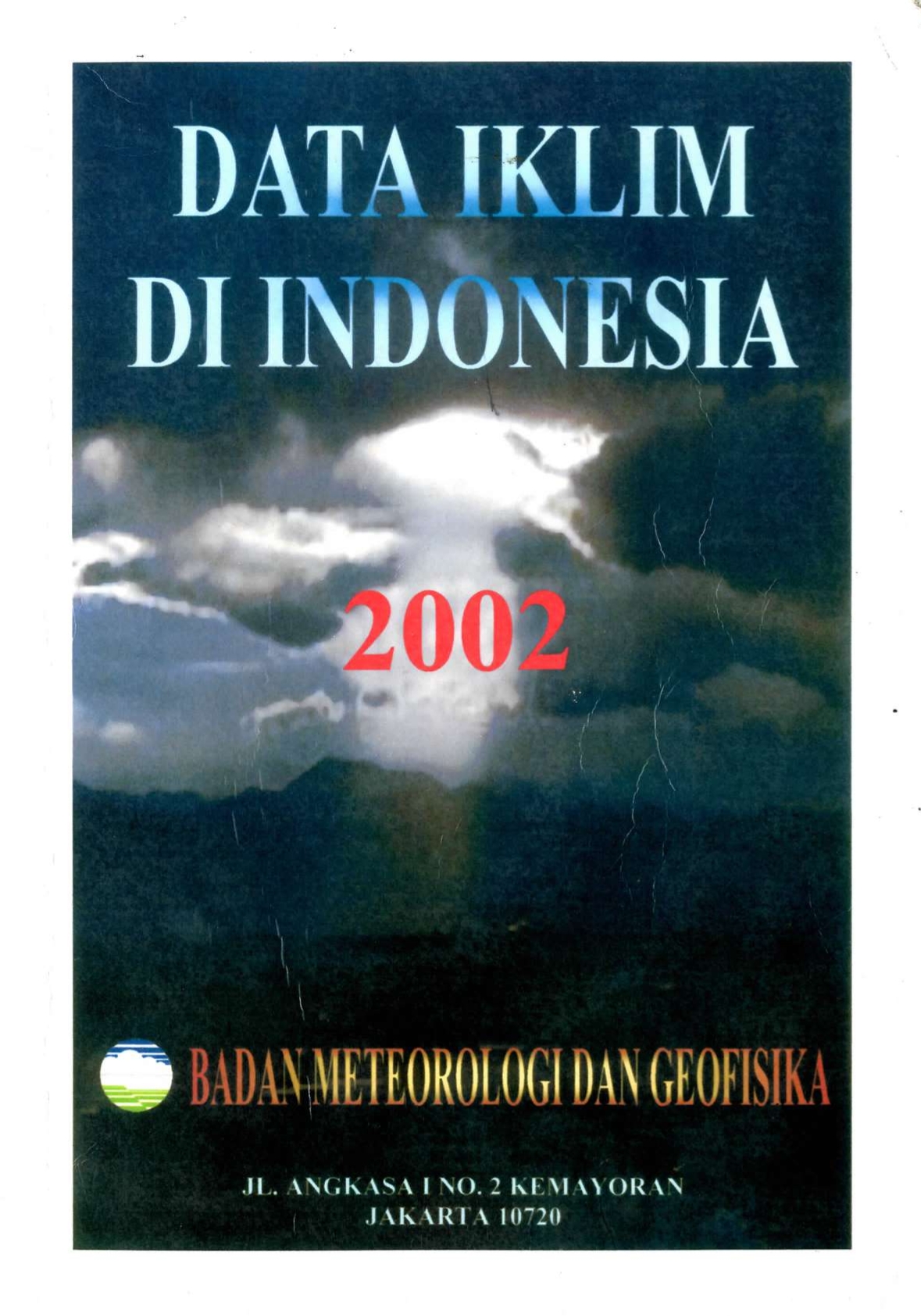Abstract We, the ongoing Working Group on California Earthquake Probabilities, present a spatiotemporal clustering model for the Third Uniform California Earthquake Rupture Forecast (UCERF3), with the goal being to represent aftershocks, induced seismicity, and otherwise triggered events as a potential basis for operational earthquake forecasting (OEF). Specifically, we add an epidemic-type aftershock sequence (ETAS) component to the previously published time-independent and long-term time-dependent forecasts. This combined model, referred to as UCERF3-ETAS, collectively represents a relaxation of segmentation assumptions, the inclusion of multifault ruptures, an elastic-rebound model for fault-based ruptures, and a stateof- the-art spatiotemporal clustering component. It also represents an attempt to merge fault-based forecasts with statistical seismology models, such that information on fault proximity, activity rate, and time since last event are considered in OEF. We describe several unanticipated challenges that were encountered, including a need for elastic rebound and characteristic magnitude-frequency distributions (MFDs) on faults, both of which are required to get realistic triggering behavior. UCERF3-ETAS produces synthetic catalogs of M >2.5 events, conditioned on any prior M >2.5 events that are input to the model. We evaluate results with respect to both long-term (1000 year) simulations as well as for 10-year time periods following a variety of hypothetical scenario mainshocks. Although the results are very plausible, they are not always consistent with the simple notion that triggering probabilities should be greater if a mainshock is located near a fault. Important factors include whether the MFD near faults includes a significant characteristic earthquake component, as well as whether large triggered events can nucleate from within the rupture zone of the mainshock. Because UCERF3-ETAS has many sources of uncertainty, as will any subsequent version or competing model, potential usefulness needs to be considered in the context of actual applications.
5
Seismological Society of America
Edward H. Field, Kevin R. Milner, Jeanne L. Hardebeck, Morgan T. Page, Nicholas van der Elst, Thomas H. Jordan, Andrew J. Michael, Bruce E. Shaw, and Maximilian J. Werner
Penerbit :
Sarah Tyler
Tahun :
2017
Buku lain-lain
-
No Scan190
-
No Klasifikasi-
-
ISBN
-
ISSN
-
No Registrasi-
-
Lokasi Terbit
-
Jumlah Hal40
-
Label-






